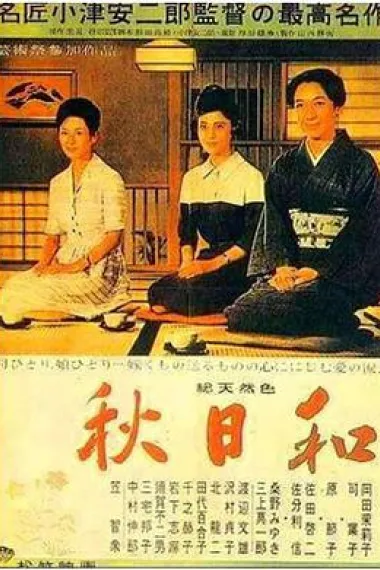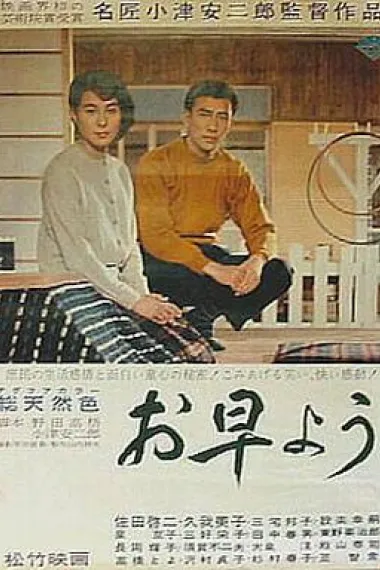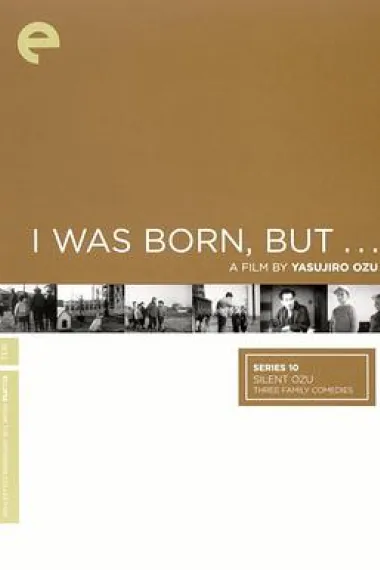
小津安二郎 (1903) Yasujirô Ozu
导演 编剧 美术
Tokyo-born Yasujiro Ozu was a movie buff from childhood, often playing
hooky from school in order to see Hollywood movies in his local
theatre. In 1923 he landed a job as a camera assistant at Shochiku
Studios in Tokyo. Three years later, he was made an assistant director
and directed his first film the next year,
Zange no yaiba (1927). Ozu made
thirty-five silent films, and a trilogy of youth comedies with serious
overtones he turned out in the late 1920s and early 1930s placed him in
the front ranks of Japanese directors. He made his first sound film in
1936, Hitori musuko (1936), but was
drafted into the Japanese Army the next year, being posted to China for
two years and then to Singapore when World War II started. Shortly
before the war ended he was captured by British forces and spent six
months in a P.O.W. facility. At war's end he went back to Shochiku, and
his experiences during the war resulted in his making more serious,
thoughtful films at a much slower pace than he had previously. His most
famous film,
Tôkyô monogatari (1953), is
generally considered by critics and film buffs alike to be his
"masterpiece" and is regarded by many as not only one of Ozu's best
films but one of the best films ever made. He also turned out such
classics of Japanese film as
Ochazuke no aji (1952),
Ukigusa (1959) and
Sanma no aji (1962).
Ozu, who never married and lived with his mother all his life, died of cancer in 1963, two years after she passed.
Ozu, who never married and lived with his mother all his life, died of cancer in 1963, two years after she passed.





















